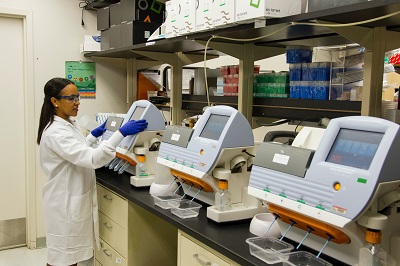What are the technical document requirements for Class II in vitro diagnostic medical device MDL registration?
Release time:2024-10-30 10:42:02
The author:
source:
The technical document requirements for a Class II in vitro diagnostic (IVD) medical device Medical Device License (MDL) registration in Canada are essential for demonstrating the device’s safety, effectiveness, and compliance with regulatory standards.
The technical document requirements for a Class II in vitro diagnostic (IVD) medical device Medical Device License (MDL) registration in Canada are essential for demonstrating the device’s safety, effectiveness, and compliance with regulatory standards. Below are the key technical documents that must be prepared and submitted:
1. Device Description and Specifications
- Comprehensive Description: Include a detailed description of the device, its components, and how it operates.
- Specifications: Provide technical specifications, such as dimensions, materials, power requirements, and performance characteristics.
- Tip: Diagrams or photos may enhance clarity and provide visual context.
2. Quality Management System (QMS) Documentation
- QMS Certification: Provide evidence of compliance with ISO 13485 and MDSAP certification, which indicates adherence to quality management principles.
- QMS Procedures: Include a summary of relevant QMS processes, such as manufacturing, quality control, and post-market surveillance procedures.
3. Intended Use and Indications for Use
- Intended Use Statement: Clearly define the medical purpose of the device, including what it is designed to diagnose, monitor, or screen.
- Indications for Use: Specify the conditions or diseases the device is intended to detect or aid in diagnosis.
4. Performance Testing and Validation Data
- Analytical Performance Data: Provide validation data that includes:
- Sensitivity and specificity
- Accuracy and precision
- Limit of detection and limit of quantification
- Clinical Validation Data: If applicable, include data from clinical studies that support the device’s use in a clinical setting.
- Risk Assessment: Conduct and document a risk analysis according to ISO 14971, identifying potential hazards and risk mitigation strategies.
- Tip: Organize performance data clearly, summarizing results and providing details on methodologies used.
5. Labeling and Instructions for Use (IFU)
- Labeling: Include a draft of the product label that meets Canadian bilingual (English and French) requirements, including:
- Device name, model, and identifier
- Intended use, warnings, contraindications, and storage conditions
- Manufacturer’s information
- Instructions for Use (IFU): Provide comprehensive instructions detailing how to properly use, maintain, and troubleshoot the device.
6. Summary of Safety and Effectiveness
- A concise summary highlighting the safety and effectiveness of the device based on the collected performance and validation data.
- Tip: Use clear and straightforward language to summarize key findings and conclusions.
7. Post-Market Surveillance Plan
- Outline a plan for monitoring the device’s performance after it has been marketed, including procedures for adverse event reporting and product complaints.
- Ensure the plan aligns with Health Canada’s requirements for ongoing surveillance and reporting.
8. References and Bibliography
- Include any references to relevant standards, guidelines, or scientific literature that support the device's design, testing, and claims of safety and effectiveness.

Contact Us:
Whatsapp or Wechat:+86 15816864648;email address:hito.lin@grzan.cn
.png)
.jpg)
.png)

.png)